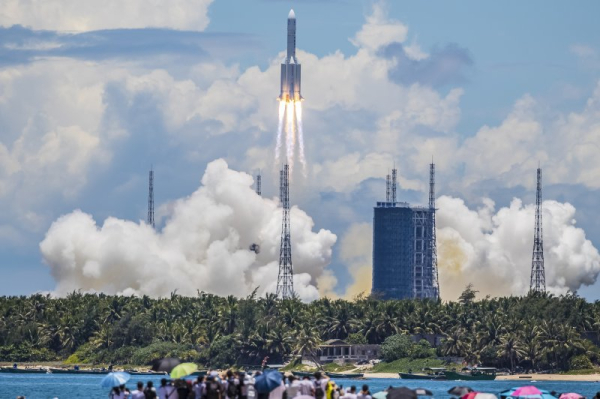
On Thursday, the aerospace company SpaceX launched an experimental orbital vehicle for the U.S. Space Force from Florida.
A Falcon 9 rocket successfully launched the X-37B spacecraft into orbit from Kennedy Space Center at 11:50 p.m. EST.
“We've launched!” the company announced on the X platform, marking the successful start of the mission.
The weather forecast initially gave a 65% chance of favorable conditions, but during the launch window the chances of favorable weather increased to 80%. Experts closely monitored the trajectory of Hurricane Erin as it approached the East Coast.
“Powerful Hurricane Erin will continue to move north and then northeast along the U.S. coast before entering the Atlantic,” meteorologists overseeing the launch explained. “Its passage will create a low-pressure zone and bring moist air masses that will join a front moving southeast of the country. A shift in prevailing winds to the west on Thursday will increase the likelihood of thunderstorm activity in the launch area during the day and evening.”
The Boeing-developed X-37B unmanned spacecraft is part of the USSF-36 mission (also known as Orbital Test Vehicle 8), which is designed to test an innovative space positioning system for the military.
The program plans to demonstrate the operation of a laser communications system and, according to the Space Force, “the most accurate quantum-inertial sensor in the history of space exploration.”
“The testing of the navigation sensor on the OTV-8 mission represents significant progress in ensuring the stability of systems beyond low-Earth orbit,” said Col. Ramsey Horn, Space Delta 9's commanding officer. “This technology provides reliable positioning in both lunar and GPS-denied environments, which is critical to operational missions.”
The Falcon 9 booster being used is on its sixth mission, having previously flown NROL-69, CRS-32, GP III-7, and Starlink 12-13 and 10-34.
Sourse: www.upi.com





